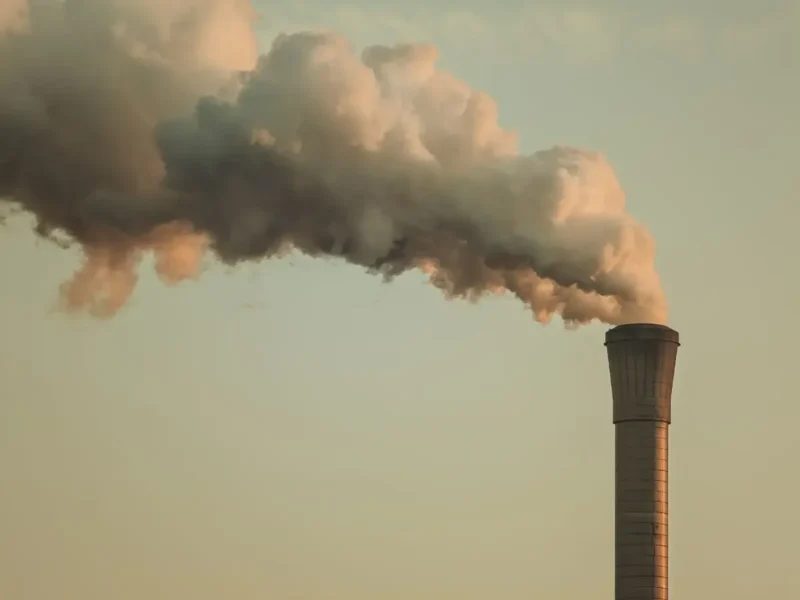Clearing the air: a look at COSHH controls
7th May 2025
We highlight important aspects of the COSHH system of controls and give examples of measures for hazards that Cura Terrae provide consultation for.
Improved working conditions reduce ill health: the case of rubber
6th May 2025
We take a quick look at the rubber industry’s health and safety history, then explain what’s important to know today.
Dealing with diesel engine exhaust emissions (DEEE): a quick guide
6th May 2025
We consider the serious health effects of DEEE and what employers and employees can do to reduce the risks. We also answer some topical questions.
Managing metal fume risks: an overview
29th April 2025
We investigate the risks associated with heating metals to high temperatures and outline the services Cura Terrae provide to help manage them.
Solvent vapour safety: the basics
22nd April 2025
The characteristics that make solvents so useful also make them dangerous. We explain the risks and why you should partner with Cura Terrae to manage them.
Formaldehyde: myths vs facts
15th April 2025
We examine some myths surrounding formaldehyde, the key pieces of legislation relevant to the chemical, and how Cura Terrae can help with compliance.
Workplace Exposure Limits (WEL): COSHH Regulations explained
24th July 2024
What are Workplace Exposure Limits? Learn about COSHH, WELs, LTEL/STEL, and how air sampling ensures compliance. Key insights for safer workplaces and effective risk assessments.
Whole Body Vibration at work: What you need to know
29th April 2024
What is Whole-Body Vibration? Learn about its effects, legal limits, employer duties, and control measures to reduce workplace risks and prevent health issues like back pain and MSDs.
Isocyanate exposure in the workplace
26th April 2024
Our experts explain how to monitor and control workplace isocyanate exposure to meet COSHH regulations, protect health, and ensure compliance.
Hand-arm Vibration: What you need to know
19th April 2024
Learn about HAVS (Hand-Arm Vibration Syndrome), its symptoms, prevention, and workplace regulations. Discover how to assess and control vibration risks to protect employees.
NOx Emissions: A Pollutant Focus
7th April 2024
Learn about NOx, their formation, environmental impact, health risks, and UK regulations. Discover the importance of NOx monitoring and how accredited services help industries manage emissions.
New monitoring requirements for brominated flame retardants
29th March 2024
Discover the key updates on BFR regulations, monitoring requirements, and their impact on waste incineration, recycling, and environmental health.




























